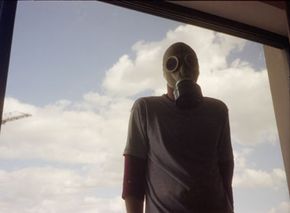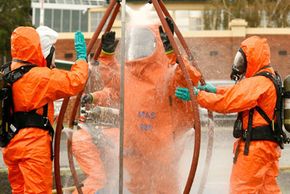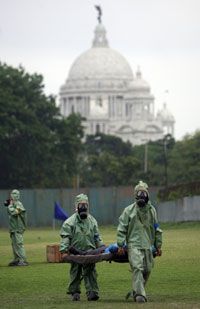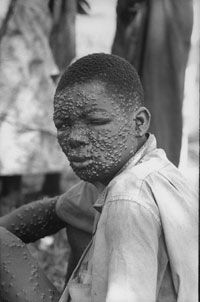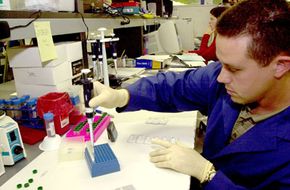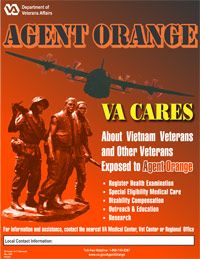The attacks of Sept. 11, 2001, alerted the world to the realities of new terrorist threats. Startling images of the Twin Towers falling are indelible and may have overshadowed the events that occurred just a week later. From a public mailbox in New Jersey, letters that containedanthrax孢子被寄给两名美国参议员和几l news media outlets. The attack killed five people and infected 18 more. Aside from this tragic loss of life, the attacks furthered the nation's fear and paranoia, and the total cleanup costs exceeded one billiondollars[source:Lengel].
Bioterrorism-- the purposeful release of bacteria, viruses or germs to cause injury, illness or death -- became a reality in the United States. The three ways a terrorist can release biological agents is through air,waterorfood. These agents are typically very difficult to detect and because the illnesses they cause are usually delayed, it makes bioterrorism a hard crime to investigate. In fact, the anthrax case of 2001 remains unsolved.
Advertisement
Bioterrorism dates back to 1340, when diseased horse corpses were catapulted overcastlewalls in France. Human bodies infected with plague were also used as ammunition in central Europe during the 14th and 15th centuries. In 1763, a British army general ordered that blankets used on smallpox patients be sent to American Indian tribes. British Revolutionary War troops would also infect themselves with traces of smallpox, rendering themselves immune, in hopes of passing the disease along to the enemy.
During World War I, Germans infected livestock headed for the Allies with anthrax. Even though the attack proved to be unsuccessful, it led to the creation of the Geneva Protocol in 1925. This prohibited the use of biological and chemical agents during wartime, while allowing research and development of these agents to continue. The British and German armies may have dabbled in biological warfare, but the Japanese went full steam ahead in the years that preceded World War II. Hundreds of thousands of Chinese civilians were killed by biological means at the hands of the Japanese army. One of these attacks included dropping paper bags containing plague-infested fleas from low-flying airplanes.
In 1984, the first instance of bioterrorism occurred in the United States. Cult members in rural Oregon sprinkled salmonella on salad bars all around Wasco County, hoping to affect the outcome of a judicial vote. In the end, 750 cases of food poisoning were reported and 45 victims had to be hospitalized. Another cult killed 12 people and injured many more in Tokyo by releasing sarin gas into a crowded subway in 1995.
In this article, we'll learn all about bioterrorism -- the biological agents, the terrorists and the measures in place to combat these evildoers.
Advertisement
